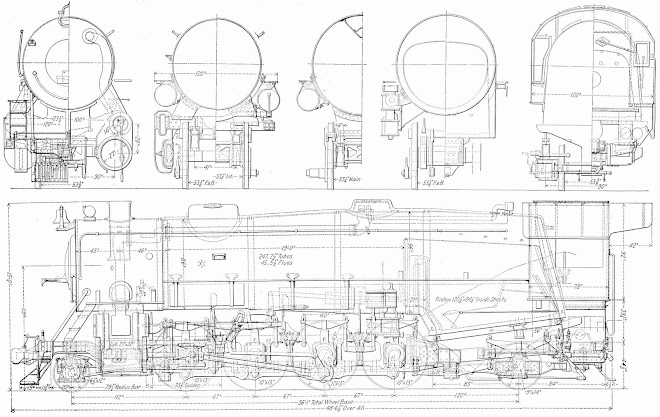The axle built during fabrication of the wheel axle kit run exhibits a noticeable bulge and roughness at the bottom end where the axle came into contact with the raft and support. The support was necessary for a small overhang due to presence of the keyway indentation at the bottom. Another keyway is at the top however it had a floor instead of an overhang and almost no distortion was present. The majority of the axle diameter is around 0.422" while the bulge was 0.457". The design target is 0.412",
Another axle was built laying down along the diameter using PLA raft and support with PLA build material. A narrow layer of clear PLA raft material proved much more difficult to remove requiring side cutter and other tools. After removal a narrow flat region exists on the portion of the diameter where the axle came into contact with the raft. The diameter along the axle was more consistent and did not exhibit the bulge seen during the previous build. The diameter was approximately 0.43" over the entire length. The diameter is still oversize from the design diameter of 0.412". It is probably worth building another axle with ABS raft material since it seems to separate more readily from PLA than does the clear PLA raft material from the black PLA build material.
These two parts will also provide test cases for post build processing to improve the uniformity of the axle diameter. This will probably be accomplished using a Dremel tool. No attempt to reduce the overall diameter to the design diameter, only to make the part more uniform in diameter. Since both the axle and wheel axle hole are off in opposite directions, the axles will not fit into the wheel at all. Consequently, the design will need to be revised to enlarge the wheel hole target dimension and the axle target diameter. By taking into account the relative errors reported previously, it should be possible to adjust the part build dimensions so that the axle will fit into the wheel axle holes.
Another axle was built laying down along the diameter using PLA raft and support with PLA build material. A narrow layer of clear PLA raft material proved much more difficult to remove requiring side cutter and other tools. After removal a narrow flat region exists on the portion of the diameter where the axle came into contact with the raft. The diameter along the axle was more consistent and did not exhibit the bulge seen during the previous build. The diameter was approximately 0.43" over the entire length. The diameter is still oversize from the design diameter of 0.412". It is probably worth building another axle with ABS raft material since it seems to separate more readily from PLA than does the clear PLA raft material from the black PLA build material.
These two parts will also provide test cases for post build processing to improve the uniformity of the axle diameter. This will probably be accomplished using a Dremel tool. No attempt to reduce the overall diameter to the design diameter, only to make the part more uniform in diameter. Since both the axle and wheel axle hole are off in opposite directions, the axles will not fit into the wheel at all. Consequently, the design will need to be revised to enlarge the wheel hole target dimension and the axle target diameter. By taking into account the relative errors reported previously, it should be possible to adjust the part build dimensions so that the axle will fit into the wheel axle holes.



No comments:
Post a Comment